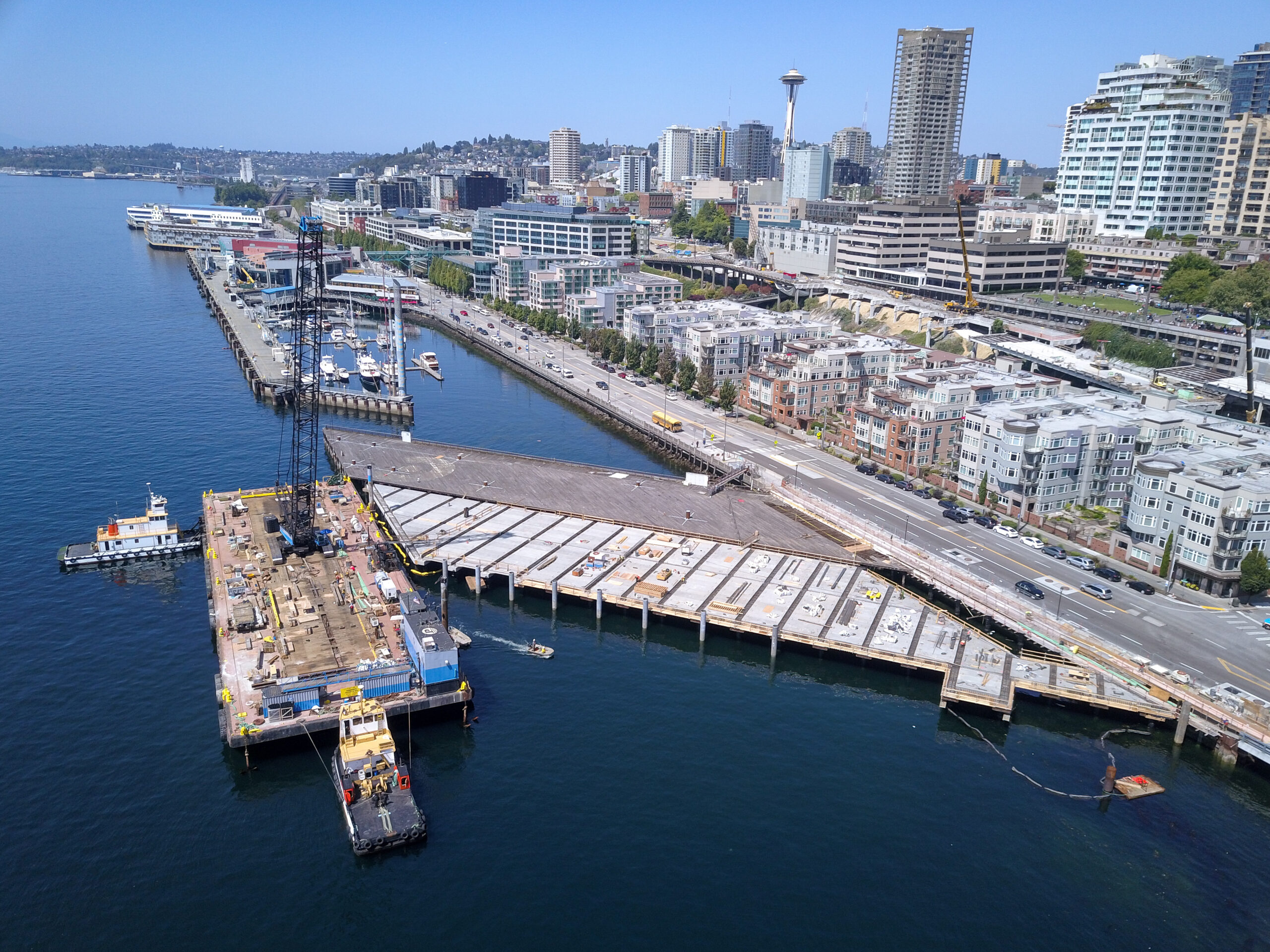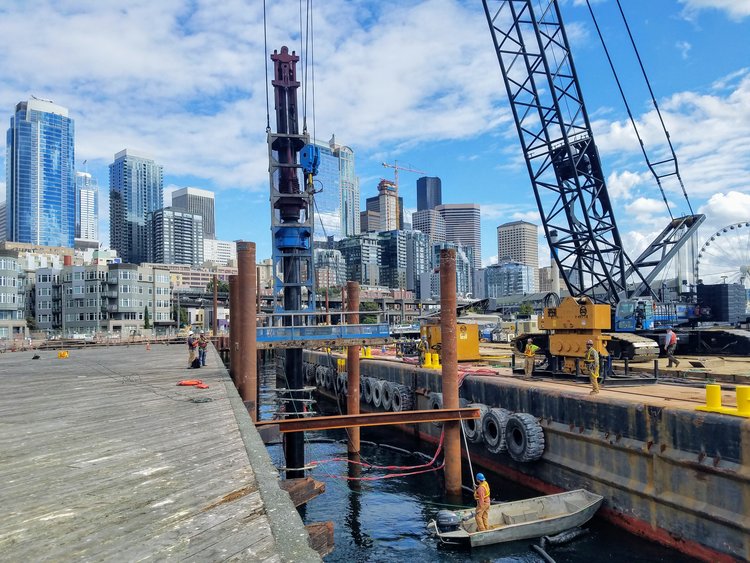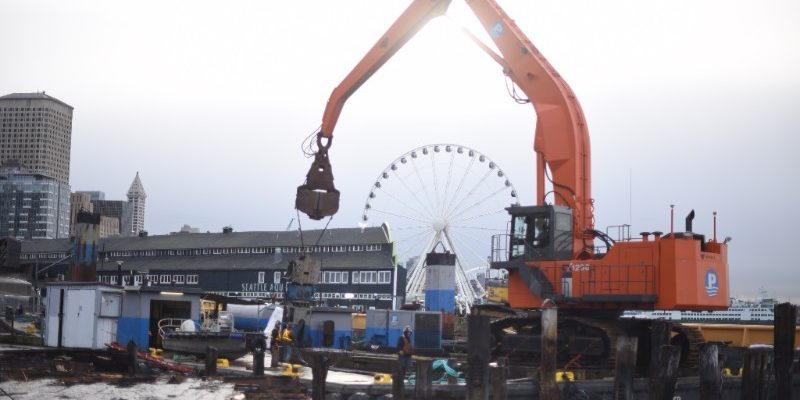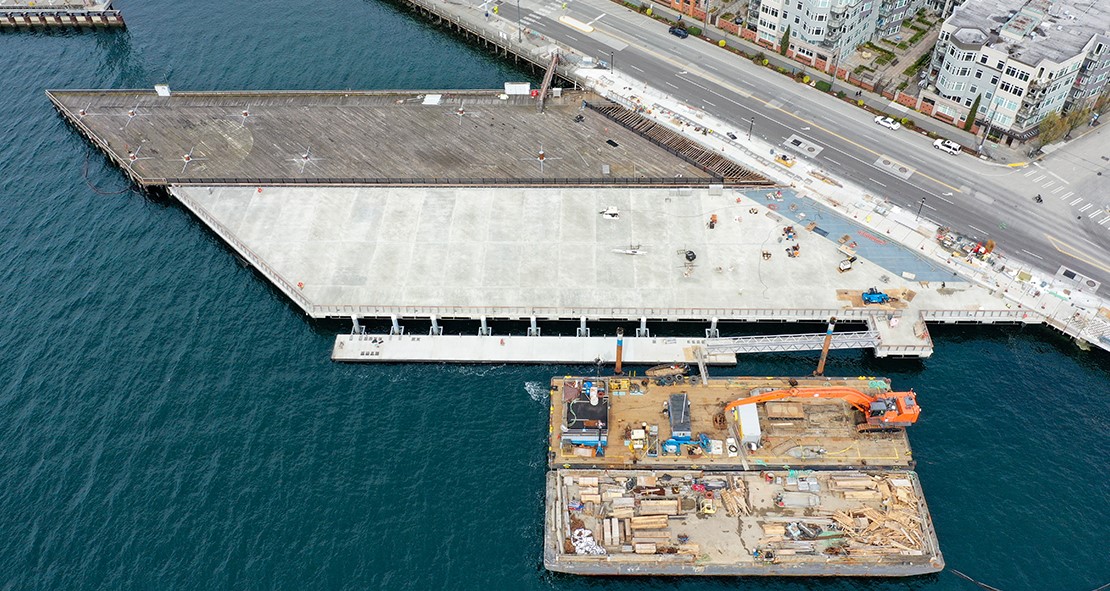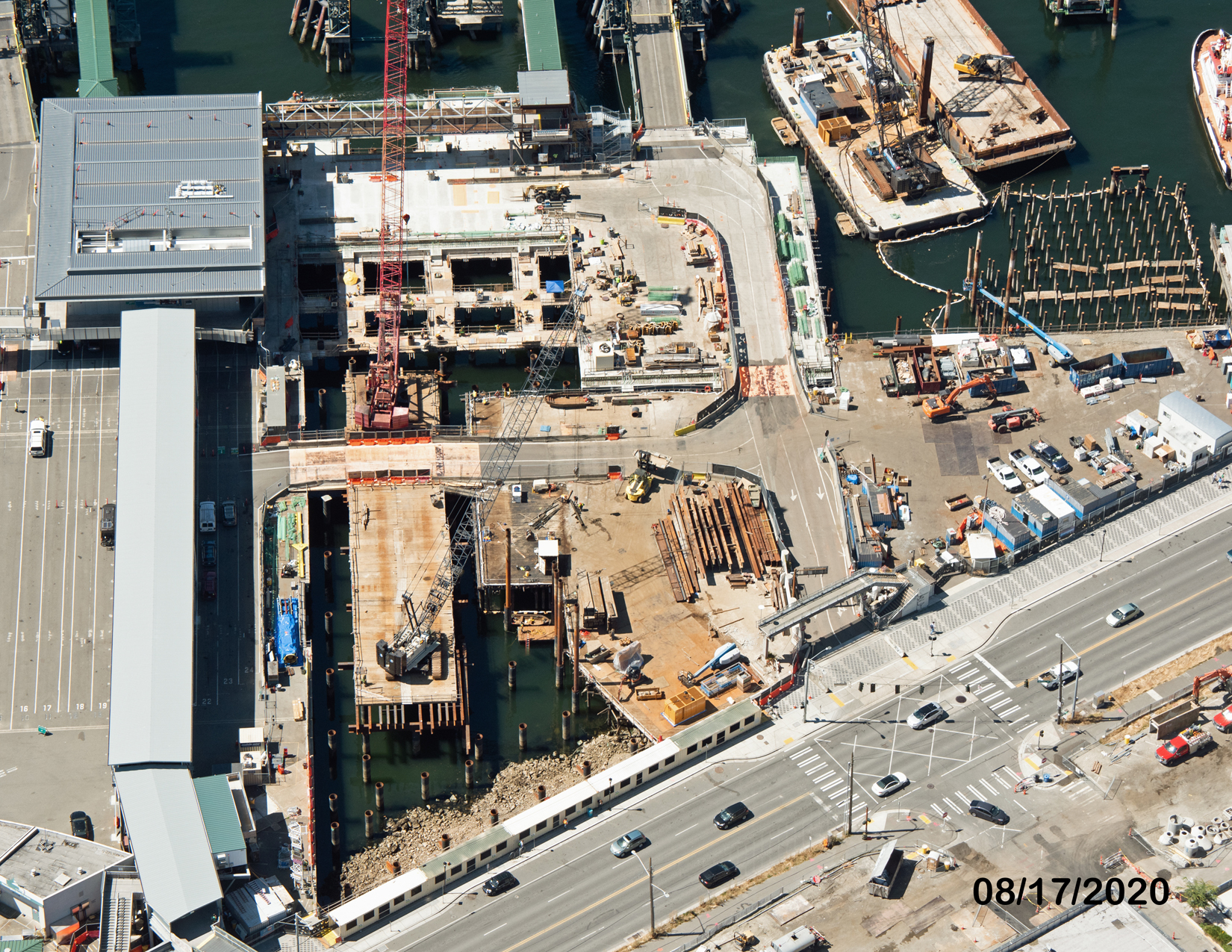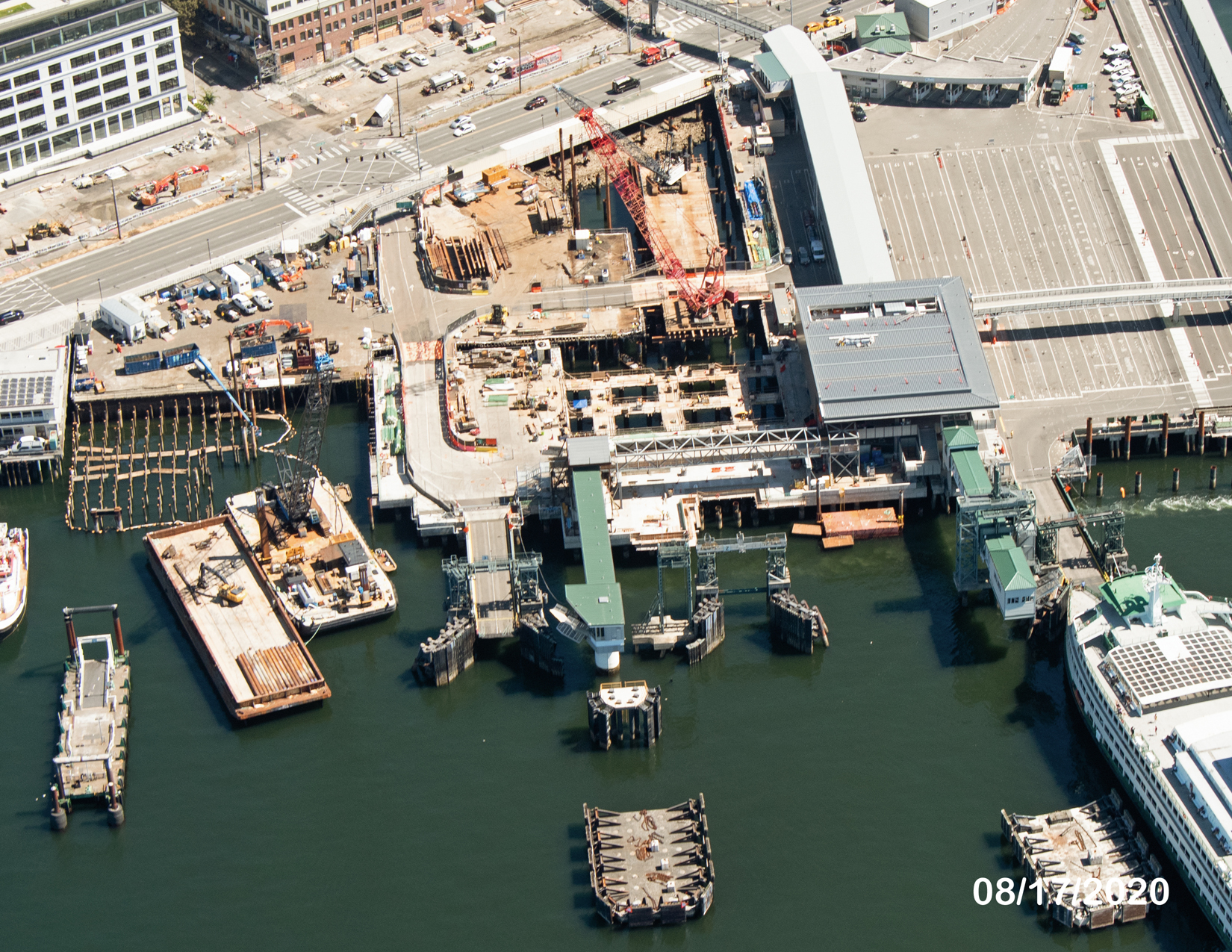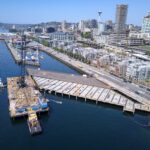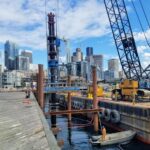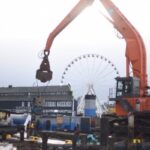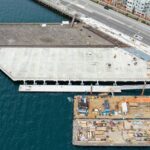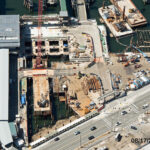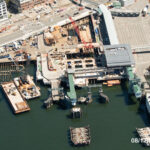Project Detail
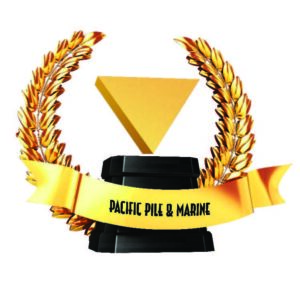 PDCA PROJECT OF THE YEAR AWARD – 2020
PDCA PROJECT OF THE YEAR AWARD – 2020
Pier 62/63 in Seattle, Wash. is the former site of the annual “Summer Nights at the Pier” concert series, at which performances were punctuated by the sound of docking and departing ferries. Although occasionally hosting other special events, for most of the rest of the year, the pier provided a place to stroll out over the water to view Elliott Bay and the Olympic Mountains to the west, and the Seattle skyline to the east. However, the pier was aged and deteriorating, and was no longer able to bear the heavy weights.
The City of Seattle is rebuilding Pier 62/63 in partnership with Friends of Waterfront Seattle as part of the Waterfront Seattle Program. The rebuilt pier will be a place to stroll, enjoy views, play and once again host events like the “Summer Nights at the Pier” concerts.
Pacific Pile & Marine (PPM) was contracted to rebuild the southern half of the pier (Pier 62) and retain the northern half (Pier 63) in place. This included replacing the aging wood piling with steel piling and timber deck with a textured concrete deck while retaining the existing size and shape of the piers. The work also involved construction of a Habitat Intertidal
Zone (HIZ). The HIZ was the final and most visible element in a series of Elliott Bay seawall environmental improvements along the downtown Seattle waterfront. Pile driving PPM replaced the aging timber piles by removing them with a vibratory pile extractor. Once the timber decking and piles were removed, PPM then installed 175 steel pipe piles with a vibratory pile driving hammer to support the new pier structure. The piles ranged from 70 to 140 feet in length, with eight piles for the floating concrete dock section of the pier needing to be galvanized. In order to minimize marine mammal disturbances, PPM implemented a marine mammal monitoring program. If a whale or seal was within a certain range of the project, crews were informed directly so that they could temporarily suspend work until it was safe to resume. This direct communication with the crew allowed minimum standby time. Further, work had to be completed during the in-water work season between August 1 to February 28. PPM drove the steel piles first, locations as-built, with cut-off and top elevations as-built. Precast concrete caps were then set on the piles, with the rest of the pier deck built on the caps.
Project challenges
PPM had to install piles within tight tolerances, and used a pile driving template to keep piles in place. It was also a challenge to set the precast concrete pile caps, as PPM had to contend with tight tolerances for the pile caps, as well. As a solution, PPM embedded steel tabs in the caps during casting. Welded vertical angles in the
field kept caps in alignment on the piles during setting and once they were placed until they could be fully secured. PPM also had to work with high water quality standards, needing to keep materials from entering the water. PPM used a turbidity curtain and debris boom around the project perimeter and wood floats under the pier to capture materials resulting from the work.

